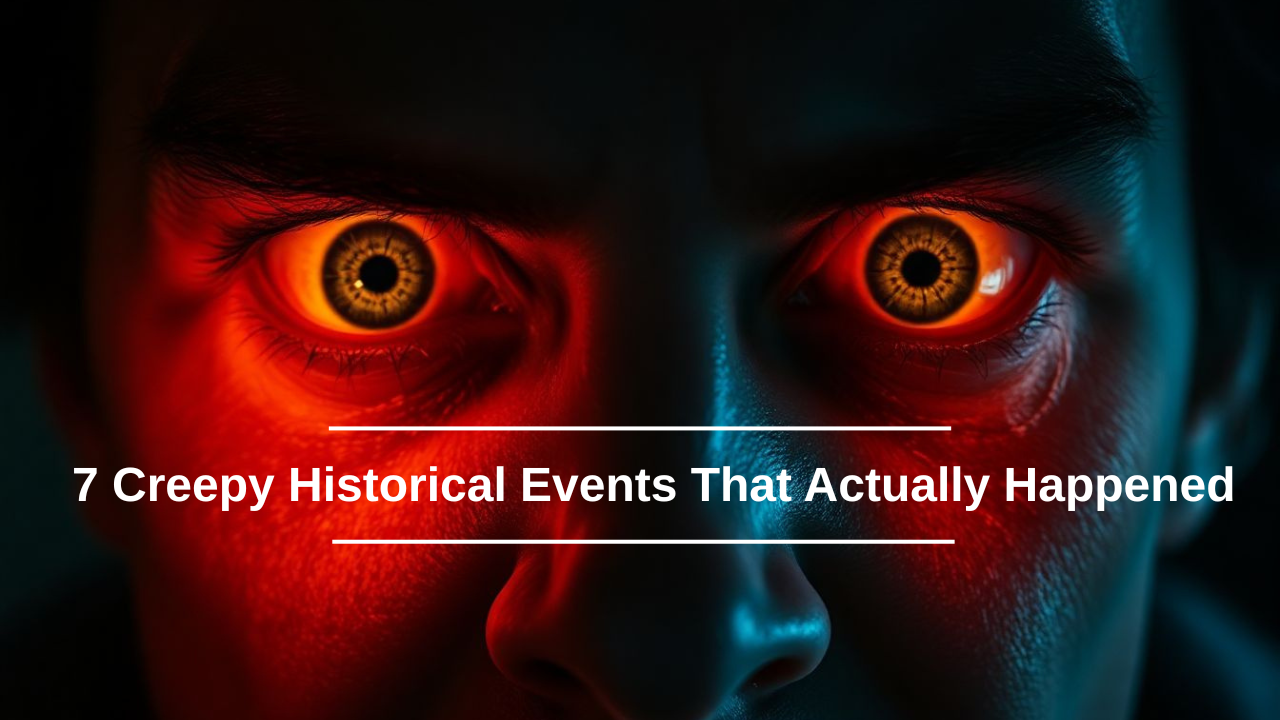Introduction :
In the heart of Pennsylvania, deep in Columbia County, lies the ghostly shell of what was once a thriving mining town. Centralia’s story is not one of war, famine, or economic collapse—it is a tale of fire. A fire that began beneath the earth and continues to burn to this very day. What happened in Centralia is a chilling reminder of how nature, once disturbed, can spiral out of human control.
The Town That Once Was :
Centralia was founded in the mid-1800s, booming as a coal mining town. At its peak, it was home to around 2,700 residents, with bustling streets, churches, schools, and businesses. The town’s entire economy revolved around anthracite coal, a key energy source for America during the Industrial Revolution.
Life was simple but stable—families worked in the mines, children played in the streets, and generations lived and died in the same small town. No one could have imagined that Centralia’s very lifeblood—coal—would one day lead to its downfall.
The Fire That Changed Everything :
In May 1962, a seemingly harmless cleanup operation at the town landfill became a catastrophe. The landfill sat on top of an old strip mine. When workers set a controlled fire to burn trash, the flames accidentally spread through an opening in the pit into the network of coal seams below.
Coal, once ignited, can burn at incredibly high temperatures and is notoriously difficult to extinguish. What began as a small blaze soon spread through miles of underground tunnels, creating an unstoppable inferno.
Invisible Danger Beneath the Streets :
The most terrifying part of the Centralia fire was that it was largely invisible. While occasional smoke and steam rose from the ground, the real danger lay beneath—deadly levels of carbon monoxide and unstable ground. As the fire burned away underground coal, the ground above began to sink, creating dangerous sinkholes.
In 1981, tragedy struck when a young boy named Todd Domboski fell into a sudden sinkhole that opened in his backyard. He was rescued, but the incident made headlines and revealed the severity of the situation.
The Evacuation of Centralia :
By the early 1980s, the U.S. government recognized Centralia as uninhabitable. Residents were offered buyouts, and the majority accepted, leaving their homes and memories behind. Streets were abandoned, houses were demolished, and an eerie silence replaced the once-lively town life.
However, a small number of residents refused to leave. Through legal battles, they were granted the right to stay until their deaths, but the state seized ownership of their properties.
Centralia Today :
Today, Centralia is a ghost town. Overgrown streets crisscross empty fields where homes once stood. Steam still seeps from fissures in the ground, and warning signs caution visitors of the dangers.
One of the most famous features of modern Centralia was “Graffiti Highway,” a stretch of abandoned road covered in colorful street art. Though the state covered it with dirt in 2020 to deter trespassers, Centralia still draws curious visitors, photographers, and urban explorers.
A Burning Legacy :
Experts estimate the fire could burn for another 250 years, consuming coal seams deep underground. Centralia stands as a haunting example of how one small act—burning trash in a mine pit—can spiral into a disaster lasting centuries.
The story has inspired books, documentaries, and even video games. The popular horror video game Silent Hill was partially inspired by the eerie atmosphere of Centralia.
Visiting Centralia (for curious travelers) :
While visiting Centralia is not illegal, it is strongly advised to proceed with caution. Many areas are unstable, and toxic gases may be present. Most visitors explore during the day, take photographs, and quickly leave.
Nearby towns like Ashland and Mount Carmel offer safer accommodations and still share coal country’s history.
Conclusion :
Centralia’s fate is a powerful reminder of the delicate balance between human industry and nature’s power. A thriving community turned into a silent wasteland—not by war or economics, but by fire.
Keep reading on Shockopedia to discover more strange, shocking, and unforgettable true stories from around the world.


Leave a Reply